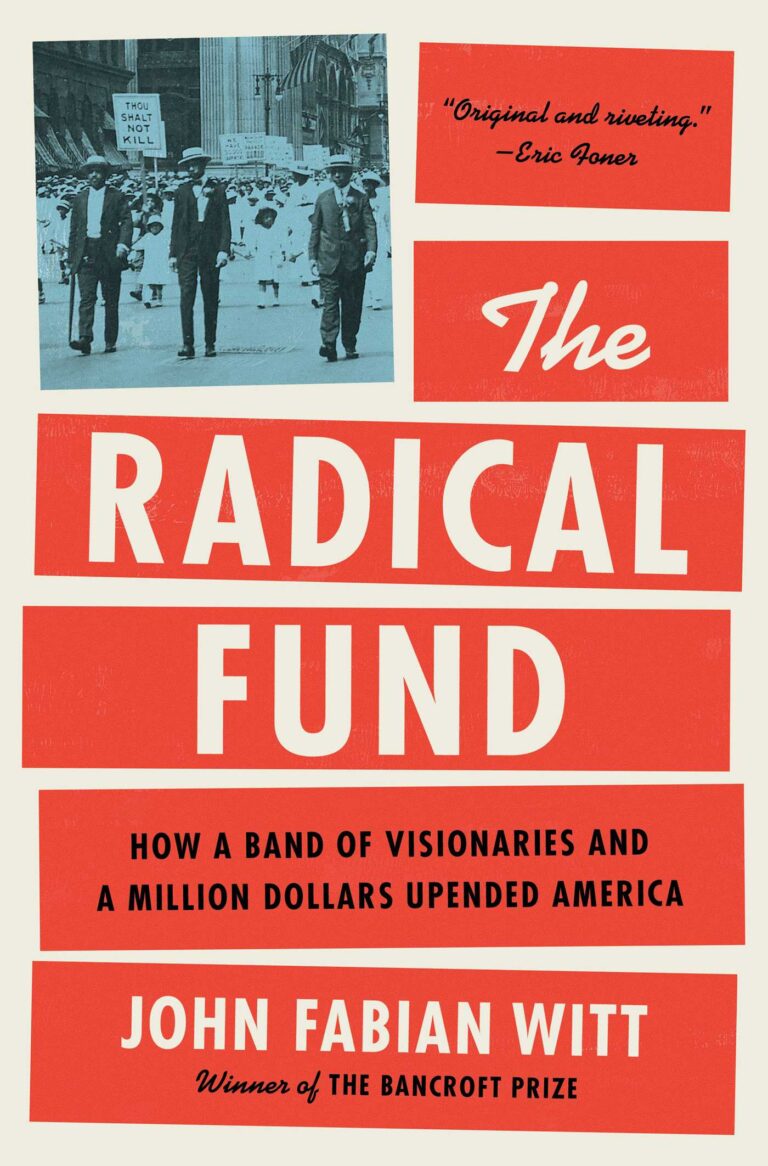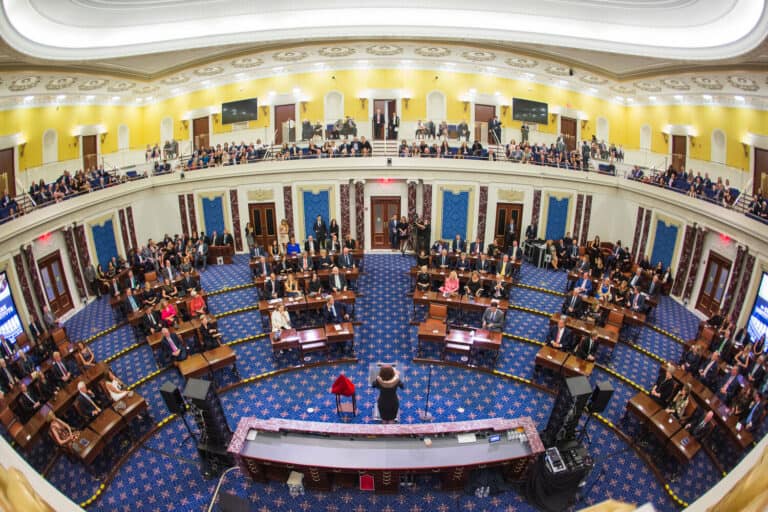
Catherine Fisk is the Barbara Nachtrieb Armstrong Professor of Law at UC Berkeley Law, where she teaches and writes on the law of the workplace, legal history, civil rights and the legal profession. She is the author of dozens of articles and four books, including the prize-winning Working Knowledge: Employee Innovation and the Rise of the Corporate Intellectual Property, 1800-1930, and Labor Law in the Contemporary Workplace. Her research focuses on workers at both the high end and the low end of the wage spectrum. She has written on union organizing among low-wage and immigrant workers as well as on labor issues in the entertainment industry, employee mobility in technology sectors, employer-employee disputes over attribution and ownership of intellectual property, the rights of employees and unions to engage in political activity, and labor law reform. She is the co-author, with UCI Law Professor Ann Southworth, of an innovative interdisciplinary casebook, The Legal Profession. Her current public service includes membership on the SEIU Ethics Review Board, the Board of Directors of the Wage Justice Center, and committees of the Law & Society Association. Prior to joining the founding faculty of UC Irvine School of Law, Fisk was a chaired professor at Duke Law School, and was on the faculty of the University of Southern California Gould School of Law and Loyola Law School in Los Angeles. She practiced law at a boutique Washington, D.C. firm and at the U.S. Department of Justice. She received her J.D. at UC Berkeley, and an A.B., summa cum laude, from Princeton University.
Erwin Chemerinsky is Dean and Distinguished Professor of Law at the University of California, Irvine School of Law.
Catherine Fisk is Chancellor’s Professor of Law at the University of California, Irvine and an OnLabor Senior Contributor. Erwin Chemerinsky is Dean and Distinguished Professor of Law at the University of California, Irvine School of Law.
Although some say the Roberts Court has been zealous in protecting First Amendment rights, it has ruled against government employee free speech claims unless the case involved union-represented employees who refuse to pay their fair share of union dues. But in April, the Court held in Heffernan v. City of Paterson that the First Amendment protects a Paterson, New Jersey police officer who had been demoted from detective to foot patrol officer after someone saw him holding a lawn sign for a mayoral candidate. The irony is that Jeffrey Heffernan prevailed precisely because he asserted that he was not actually engaged in First Amendment activity.
Heffernan’s bedridden mother had asked him to get her a lawn sign from the campaign headquarters of Lawrence Spagnola who was running for mayor. Members of the police force saw Heffernan, with the Spagnola sign in hand, talking to campaign workers. This created a stir, as the Paterson chief of police had been appointed by the incumbent mayor whom Spagnola was challenging. The following day, Heffernan was demoted.
Heffernan sued, saying that the demotion had violated his First Amendment rights, and he contended he hadn’t himself supported Spagnola. The Third Circuit ruled against Heffernan on the ground that he was not actually engaged in First Amendment activity. The Court of Appeals explained that “a free-speech retaliation claim is actionable . . . only where the adverse action at issue was prompted by an employee’s actual, rather than perceived, exercise of constitutional rights.”
The Supreme Court, in a 6-2 decision, reversed. Justice Stephen Breyer wrote for the majority and began by explaining that “the Constitution prohibits a government employer from discharging or demoting an employee because the employee supports a particular political candidate.” Justice Breyer reviewed prior decisions concerning First Amendment protection for government employees and observed that they did not resolve the question presented as to whether there is First Amendment protection when an employer acts out of a mistaken belief that a government employee is engaged in free speech activity.
The Court concluded that there is a First Amendment violation when the government acts to punish an employee’s speech, even if that employee was not actually engaged in First Amendment activity. Justice Breyer wrote: “When an employer demotes an employee out of a desire to prevent the employee from engaging in political activity that the First Amendment protects, the employee is entitled to challenge that unlawful action under the First Amendment . . .—even if, as here, the employer makes a factual mistake about the employee’s behavior.”
This is surely correct. Contrary to the Court’s assumption and the lower courts’ conclusion, Heffernan was engaged in First Amendment activity: picking up a campaign lawn sign and talking to campaign workers is expressive activity. The Court could have made this an easy case by deeming those behaviors to be speech, regardless of which candidate Heffernan actually supported and whether the lawn sign was for him or his mother.
Moreover, the government’s motive was to punish speech and that was properly deemed to violate the First Amendment, even if Heffernan was not actually engaged in speech. The Supreme Court has been inconsistent as to whether the government’s motive matters in free speech cases. For example, in United States v. O’Brien (1969), the Court upheld a federal law that made it a crime to knowingly “destroy” or “knowingly mutilate” draft registration certificates. The clear purpose of the amendment to the Selective Service Act was to stop draft card burning as a form of political protest. Yet the Court said that this motive was irrelevant. The Court said that “[i]t is a familiar principle of constitutional law that this Court will not strike down an otherwise constitutional statute on the basis of an alleged illicit legislative motive.” The Court’s decision in Heffernan is thus important in holding that the government violates the First Amendment if it acts with the motive of punishing speech.
Actually, the Court did not hand Heffernan a complete victory, but remanded the case to the lower courts. Justice Breyer concluded his majority opinion by saying that the suggestion has been raised that Heffernan was dismissed pursuant to a “policy prohibiting police officers from overt involvement in any political campaign.” The Court said: “Whether that policy existed, whether Heffernan’s supervisors were indeed following it, and whether it complies with constitutional standards, are all matters for the lower courts to decide in the first instance.”
This remand is puzzling in light of the Court’s conclusion that Heffernan was not involved in any political campaign; he was just picking up a lawn sign for his bedridden mother. Even if there was a Paterson policy, Heffernan did not violate it. But assuming this policy applies to Heffernan and he violated it, there then remains the question of whether a government employee can be prohibited from participating in any partisan political activities. The Court upheld the Hatch Act, which prohibits partisan political activities by federal civil service employees, in Civil Service Commission v. Letter Carriers (1973). But First Amendment law has changed greatly since then and it is questionable whether the case would be decided the same way today. In fact, in Garcetti v. Ceballos, the Court stressed the First Amendment protection for speech off the job as citizens by government employees. A broad prohibition of all political activities by government employees seems obviously inconsistent with that. Moreover, the cases in which the Court has held that unionized employees do not have to pay dues to support a union’s political activity – including Knox v. SEIU (2012) and Harris v. Quinn (2014) — rest on the premise that government employees have a First Amendment right to refuse to subsidize political activity. How can they have a First Amendment right not to engage in political activity but no right to engage in it
Heffernan v. City of Paterson should have been an easy case, even for a Court that finds little protection for the speech of government employees. The decision is remarkable because it is only the second case in which the Roberts Court has ruled in favor of the speech rights of a government employee outside of the context of upholding the First Amendment rights of non-union members in cases like Knox and Harris. Most significantly, in Garcetti v. Ceballos (2006), the Court held that there is no First Amendment protection for the speech of government employees on the job in the scope of their duties, and thus the Court rejected First Amendment protection for a deputy district attorney who wrote a memo to a supervisor raising questions about possibly false police testimony in a criminal case. In Lane v. Franks (2014), the Court backed away from the most extreme reading of Garcetti, in holding that the First Amendment protects a government employee who testified truthfully pursuant to a subpoena about alleged government corruption. But Garcetti and Letter Carriers accept dramatic restrictions on government employee speech. The irony is that the Court ruled in favor of Heffernan under the First Amendment based on the premise that he was not actually engaged in speech activities. Heffernan highlights the need for the Court to reconcile its inconsistent cases on government employee free speech rights.






Daily News & Commentary
Start your day with our roundup of the latest labor developments. See all
November 6
Starbucks workers authorize a strike; Sixth Circuit rejects Thryv remedies; OPEIU tries to intervene to defend the NLRB.
November 5
Denver Labor helps workers recover over $2.3 million in unpaid wages; the Eighth Circuit denies a request for an en ban hearing on Minnesota’s ban on captive audience meetings; and many top labor unions break from AFGE’s support for a Republican-backed government funding bill.
November 4
Second Circuit declines to revive musician’s defamation claims against former student; Trump administration adds new eligibility requirements for employers under the Public Service Loan Forgiveness program; major labor unions break with the AFGE's stance on the government shutdown.
November 3
Fifth Circuit rejects Thryv remedies, Third Circuit considers applying Ames to NJ statute, and some circuits relax McDonnell Douglas framework.
November 2
In today’s news and commentary, states tackle “stay-or-pay” contracts, a new preliminary injunction bars additional shutdown layoffs, and two federal judges order the Trump administration to fund SNAP. Earlier this year, NLRB acting general counsel William Cowen rescinded a 2024 NLRB memo targeting “stay-or-pay” contracts. Former General Counsel Jennifer Abruzzo had declared that these kinds […]
October 31
DHS ends work permit renewal grace period; Starbucks strike authorization vote; captive-audience ban case appeal